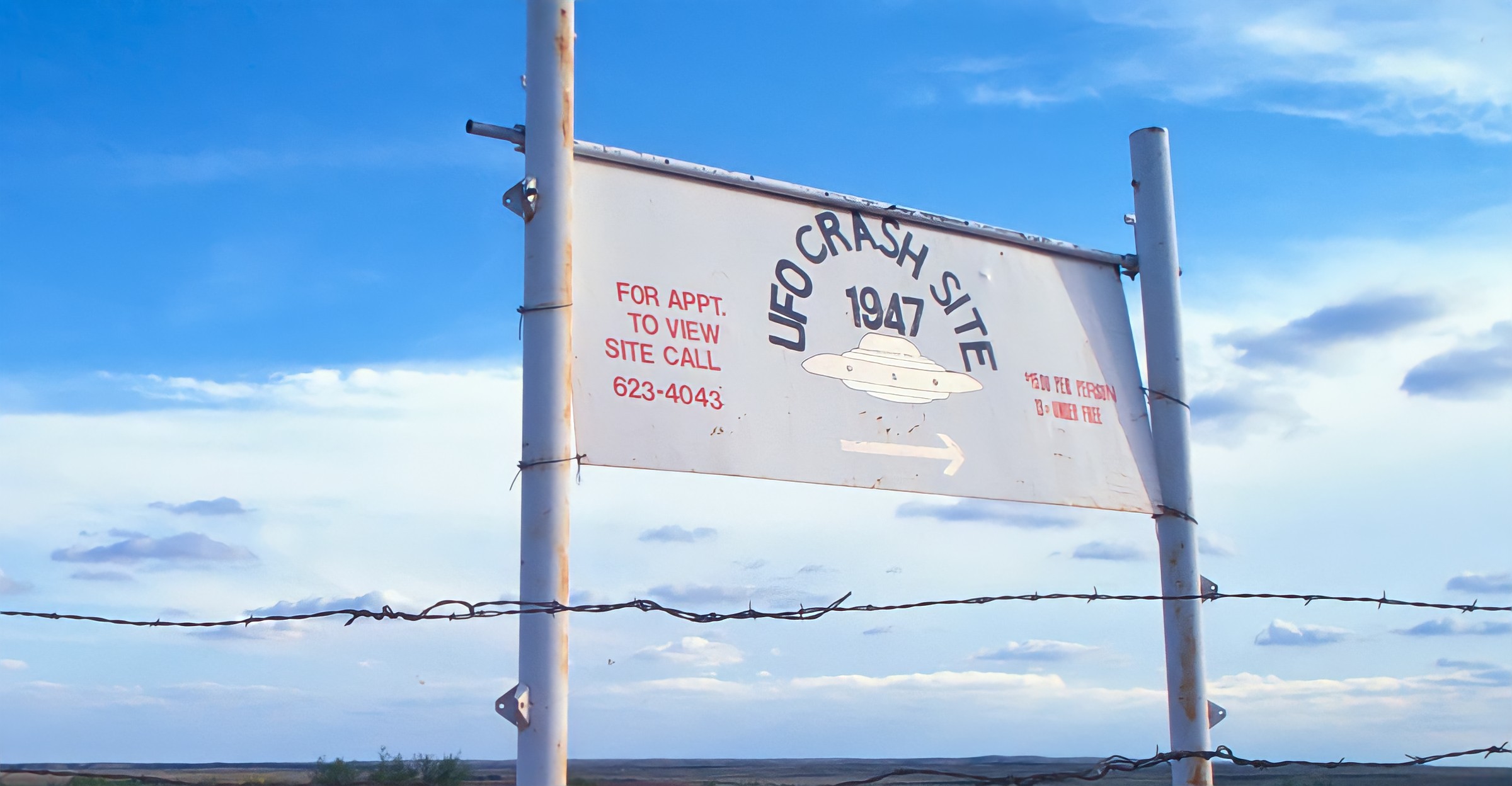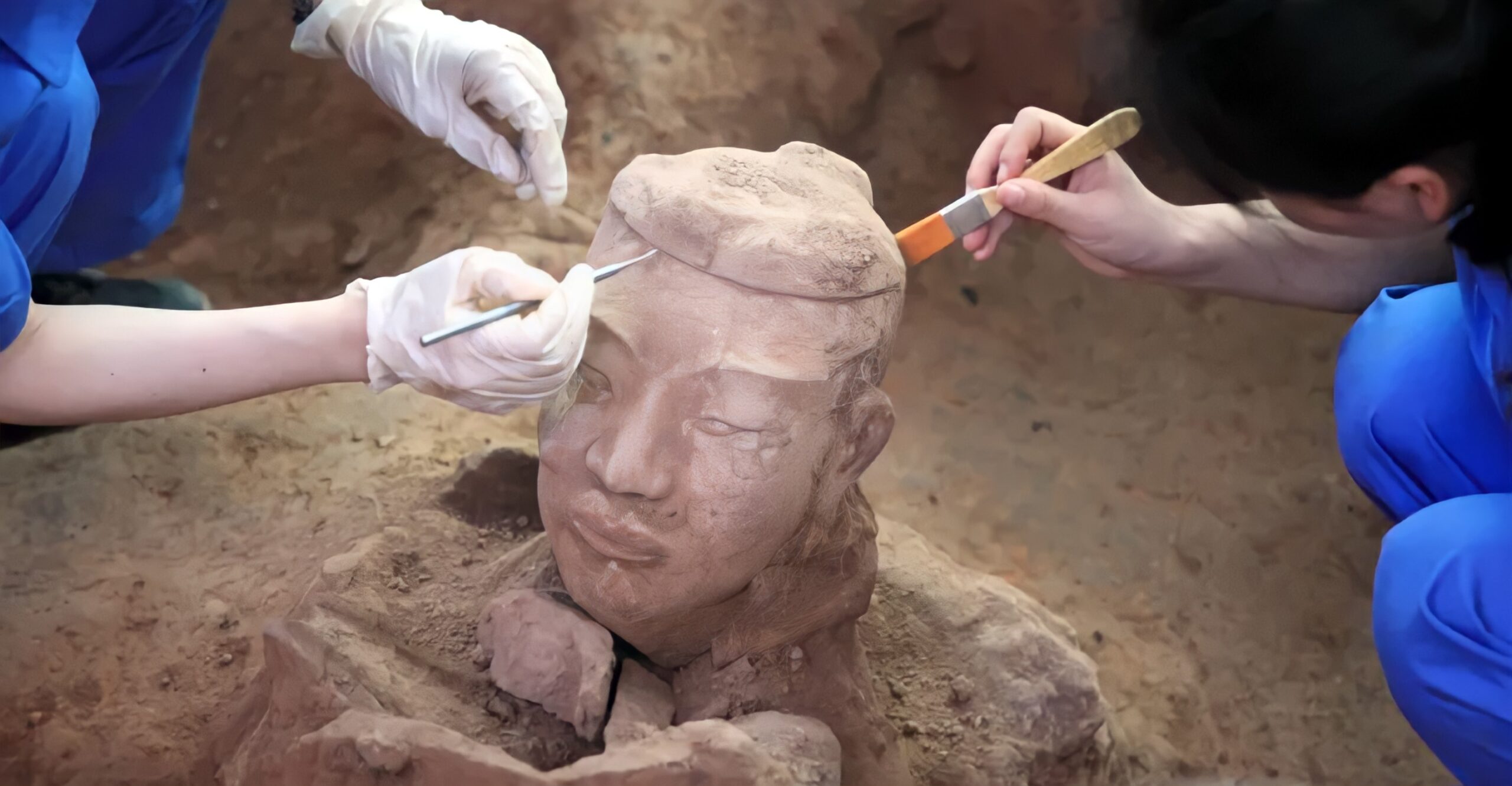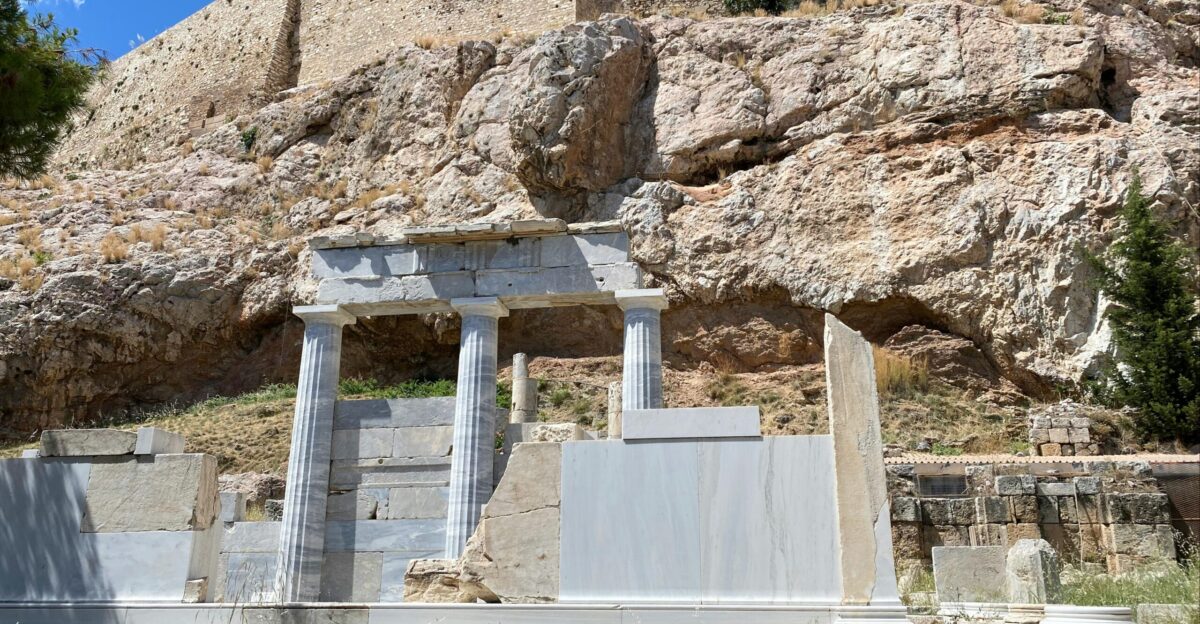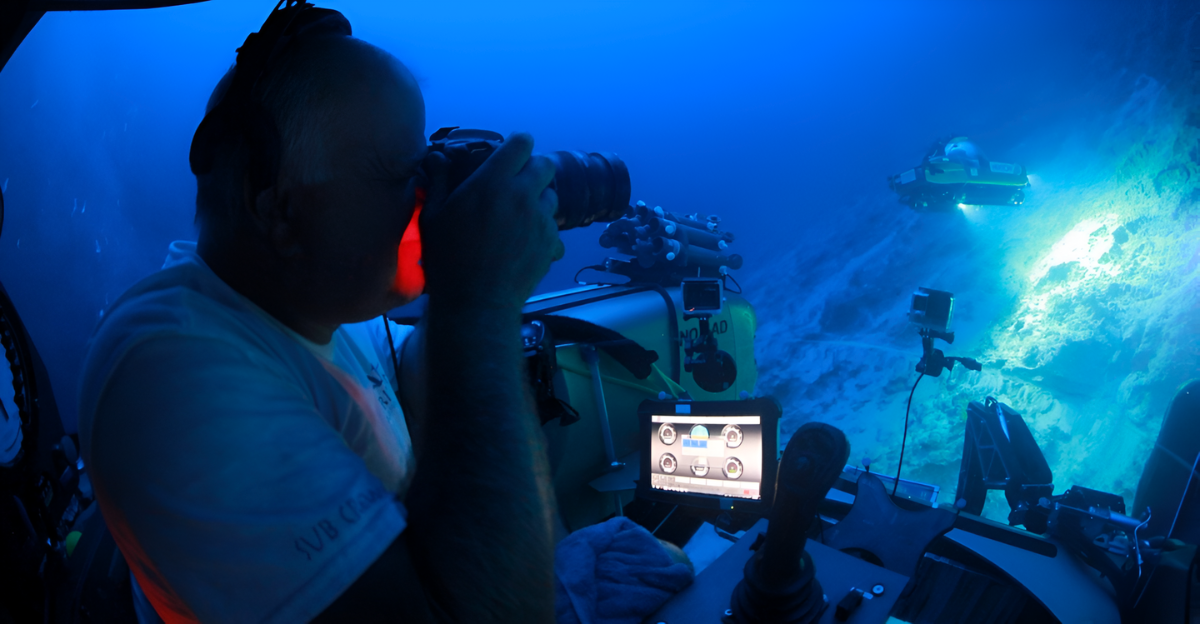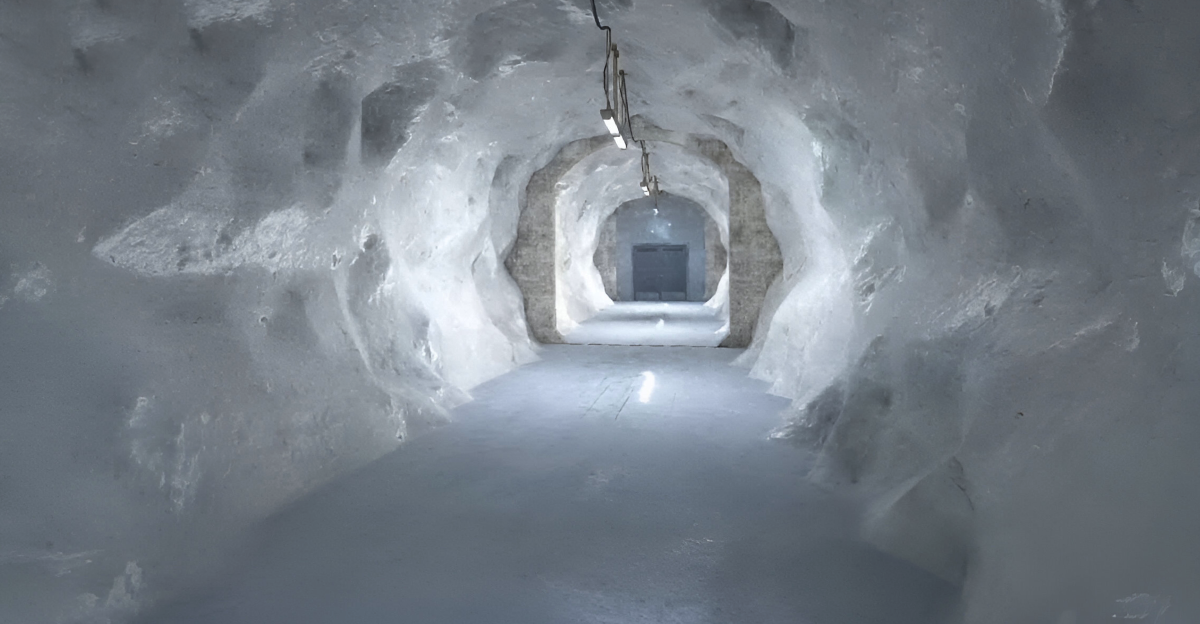
NASA recently conducted detailed radar surveys of a long-known site: Camp Century, a Cold War nuclear-powered military base buried deep beneath Greenland’s ice.
In April 2024, NASA’s Gulfstream III aircraft captured new radar images that revealed more detailed structures, reigniting public interest in this icy relic.
What was initially a blurred oddity uncovered an enormous Cold War-era military base immaculately preserved by the Arctic cold.
What was once part of a secret military program is now a frozen monument to human ingenuity, imagination, and environmental disregard.
Strange Shapes Underneath the Snow
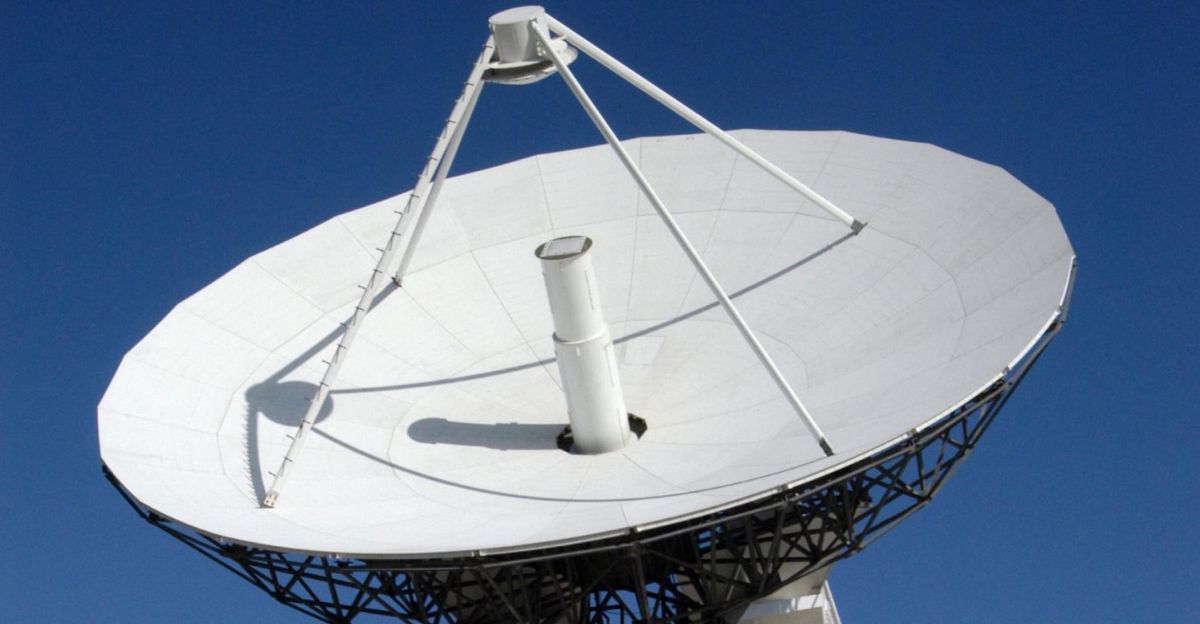
NASA’s high-resolution radar system, designed to survey polar areas, detected unusual man-made structures beneath the ice.
The scientists were curious about the clear shapes and considered them to be more than just rock outcroppings or ice ridges.
They soon realized that they had stumbled upon something much larger — an underground infrastructure of buildings and tunnels stretching across an extensive space.
Mapping a Hidden Base
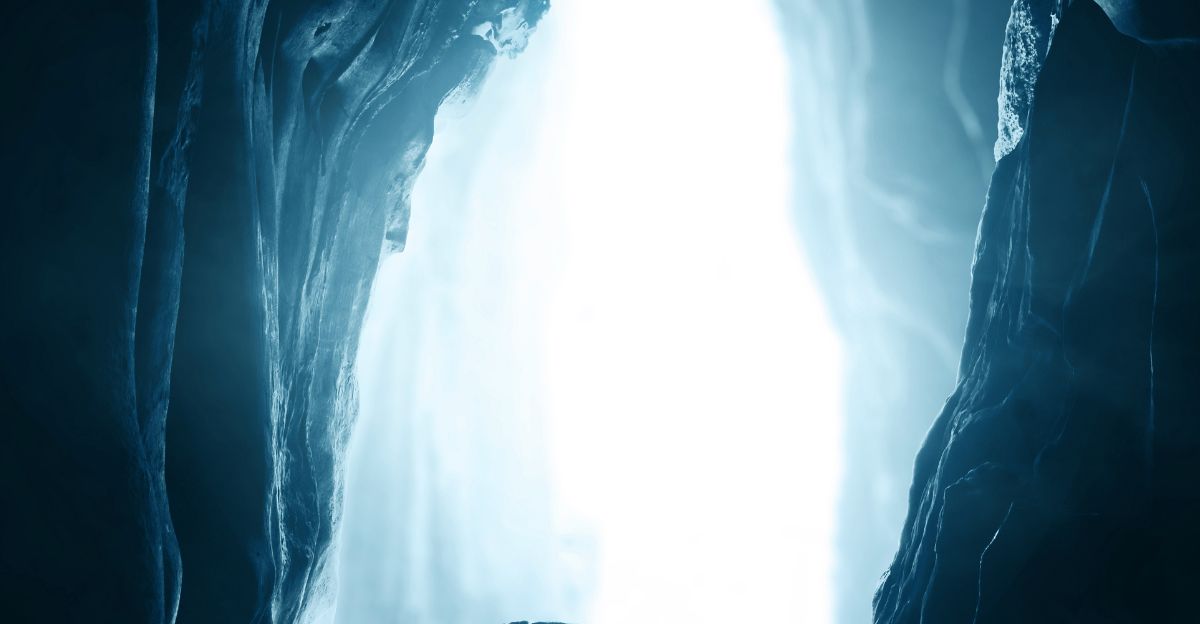
Following the initial sighting, scientists employed UAVSAR to create high-resolution 3D images of the buried location.
With this technology, they were able to map underground tunnels, chambers, and machinery and, unrestrained, expose what had been buried for decades. Every scan built up to the mystery.
Camp Century Identified
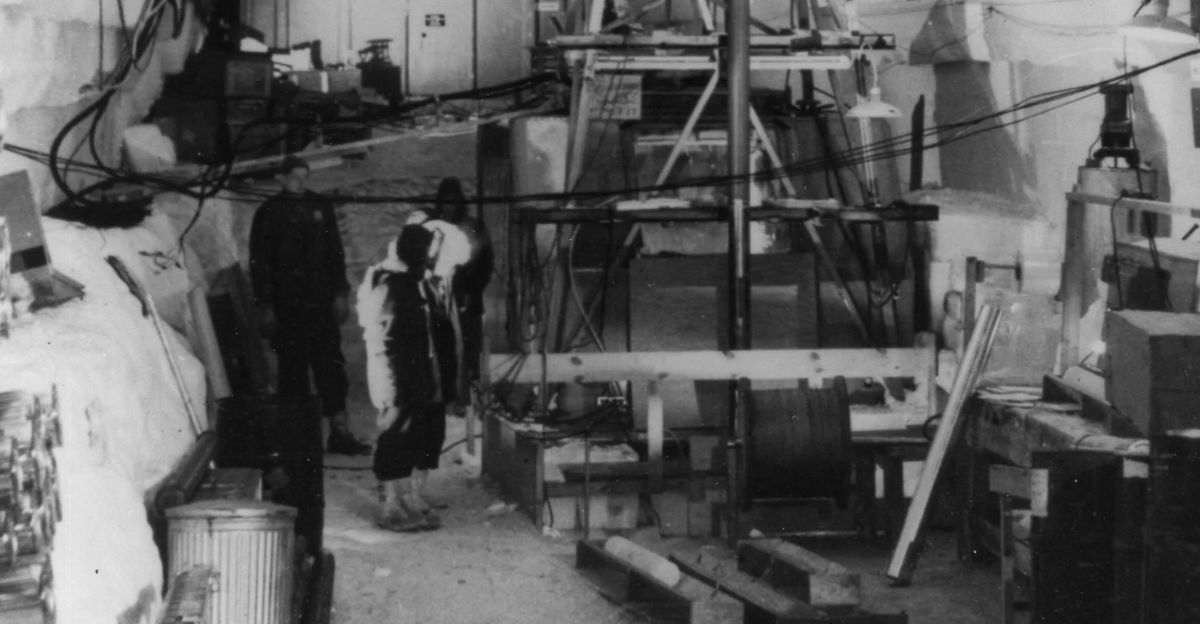
Further radar surveys confirmed the underground complex to be Camp Century, an American Cold War military base constructed more than 60 years ago.
Officially presented as an Arctic research station, Camp Century secretly supported Project Iceworm and hosted the world’s first portable nuclear reactor, the PM-2A, before it was removed in 1964.
Engineering a Frozen Fortress
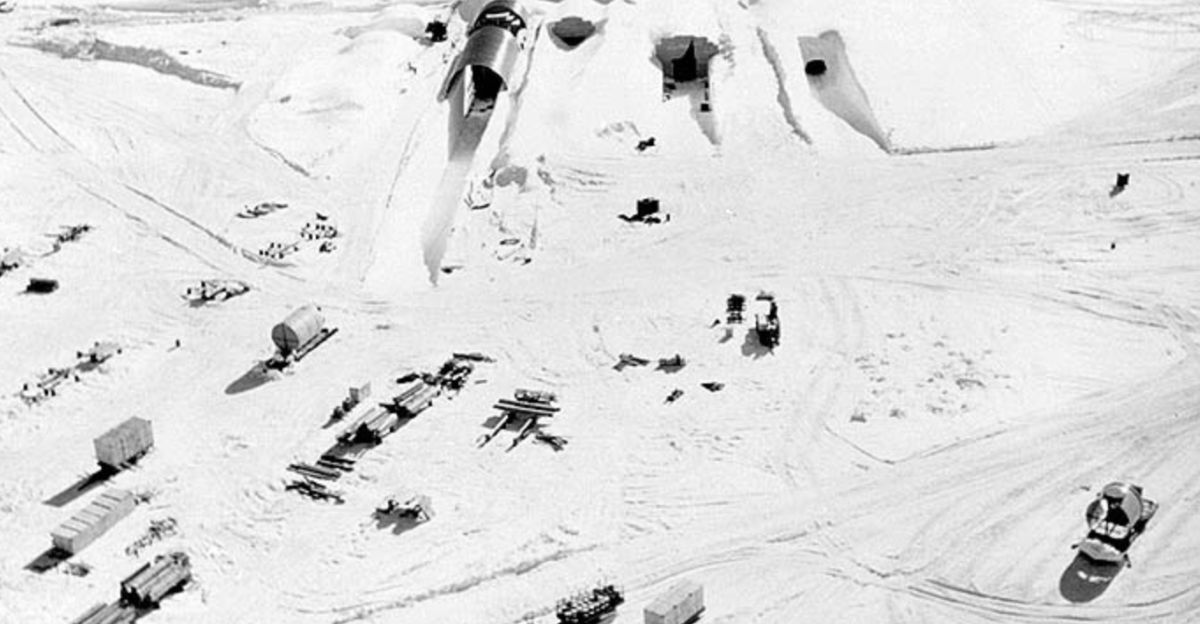
Camp Century was an engineering marvel. The base included a main tunnel nearly 3,000 feet long, with lateral tunnels and rooms extending the total network to about 10,000 feet.
No ordinary bunker, it had living spaces, labs, a chapel, and even recreation centers. In the heart of this secret city lay the PM-2A nuclear reactor, the first portable nuclear plant of its type in the world.
Life Under the Ice

During its height, 85–200 people called Camp Century home, including scientists and soldiers. The workers had to brave harsh Arctic winter conditions in solitude, getting heat and power from the reactor.
The showers, gaming rooms, and other utilitarian facilities provided a tolerable life in this ice front outpost despite the harsh environment.
Project Iceworm’s Ambition
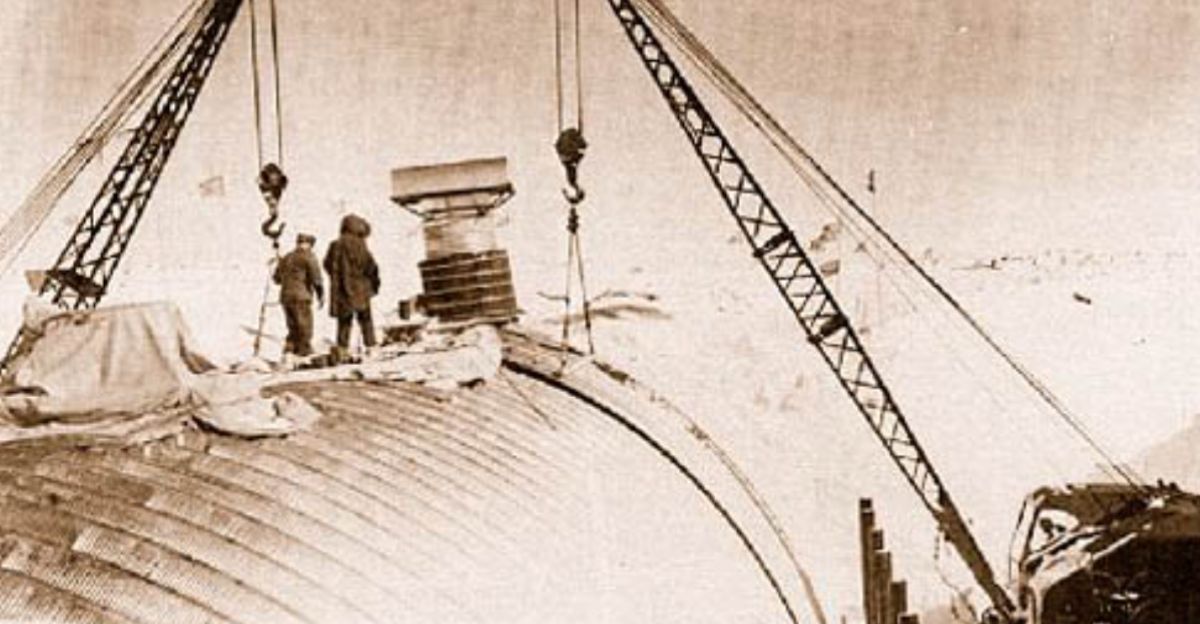
Project Iceworm was designed to create a chain of nuclear missile silos under the ice, giving the United States a secret Cold War strategic edge.
But the unstable and variable ice was too unreliable for this use. The ambitious venture was too hastily put on hold after just eight years of experimentation and planning.
Closing Down Camp Century
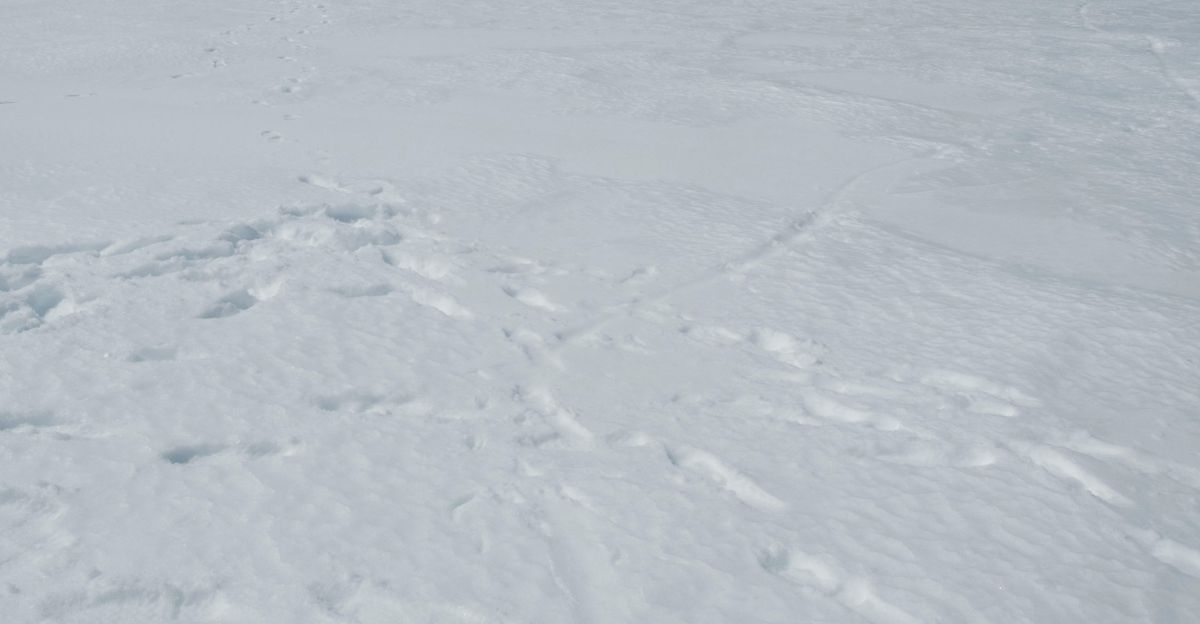
Camp Century was officially abandoned in 1967. The portable nuclear reactor was dismantled and removed in 1964, but much of the infrastructure and other waste materials remained buried in the ice.
Authorities believed that ongoing snow and ice would cover up the rest of the material forever, sculpting it into a frozen monument to military history.
Poisonous Legacy Left Behind
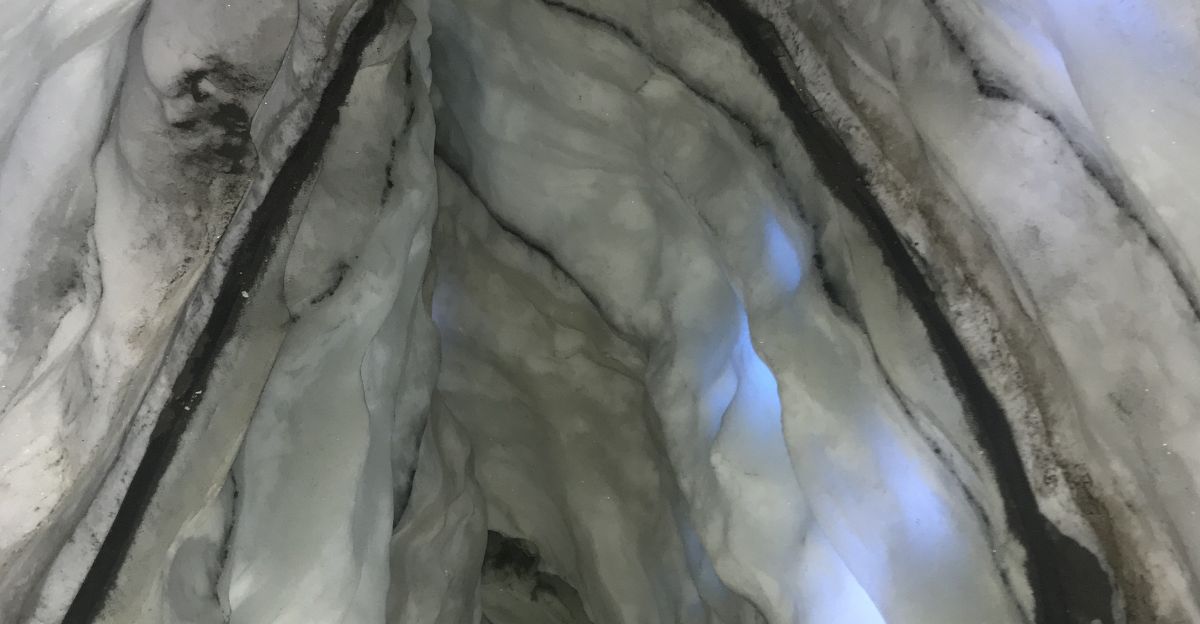
Sadly, the shutdown also left behind some severe environmental threats. Over 60,000 gallons of wastewater, over 50,000 gallons of diesel fuel, radioactive coolant and PCBs were stuck behind the ice.
In total, pollutants including over 200,000 liters of wastewater and diesel fuel, are spread throughout the abandoned tunnels and storage areas beneath the ice, creating a frozen, toxic aftermath.
Climate Change Concerns
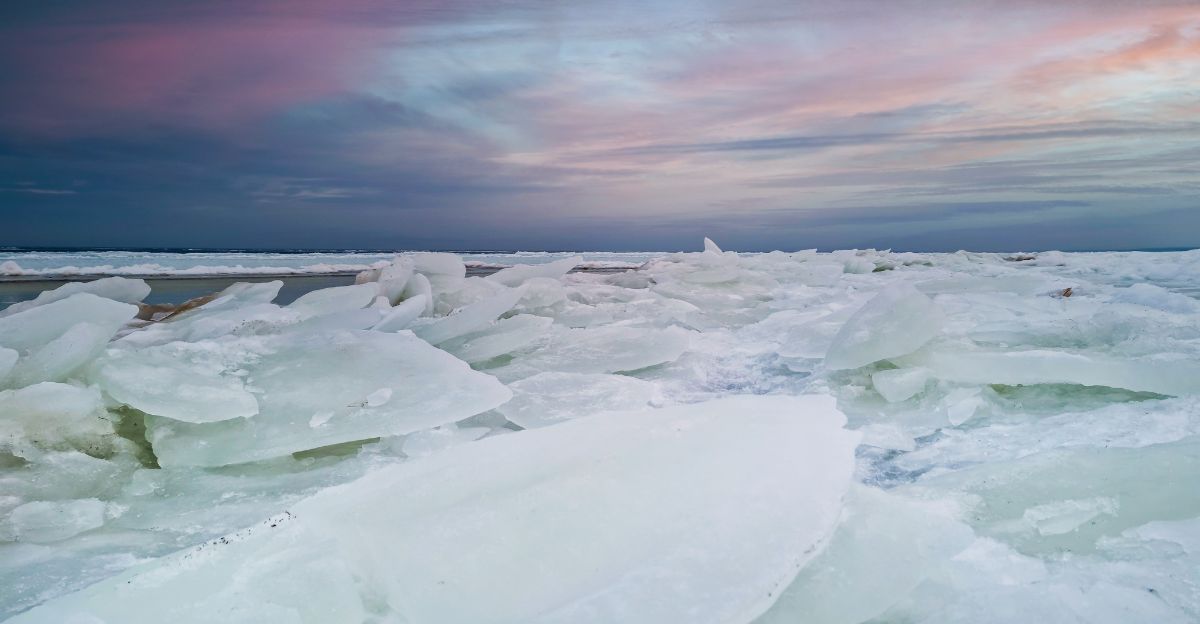
With Earth’s temperatures increasing and Arctic ice caps melting, scientists worry that trapped toxins could enter the environment.
Meltwater can carry pollutants into adjacent ecosystems and poison marine mammals such as seals and whales, polar bears, reindeer, and other Arctic mammals.
No Immediate Threat

Ignoring all these apprehensions, recent research suggests that melting could expose and release these pollutants by the end of this century, depending on warming rates and ice sheet dynamics.
Snow cover and ice will continue to seal the poisonous material for most of this century as a precaution against leakage.
Science Beyond the Reactor
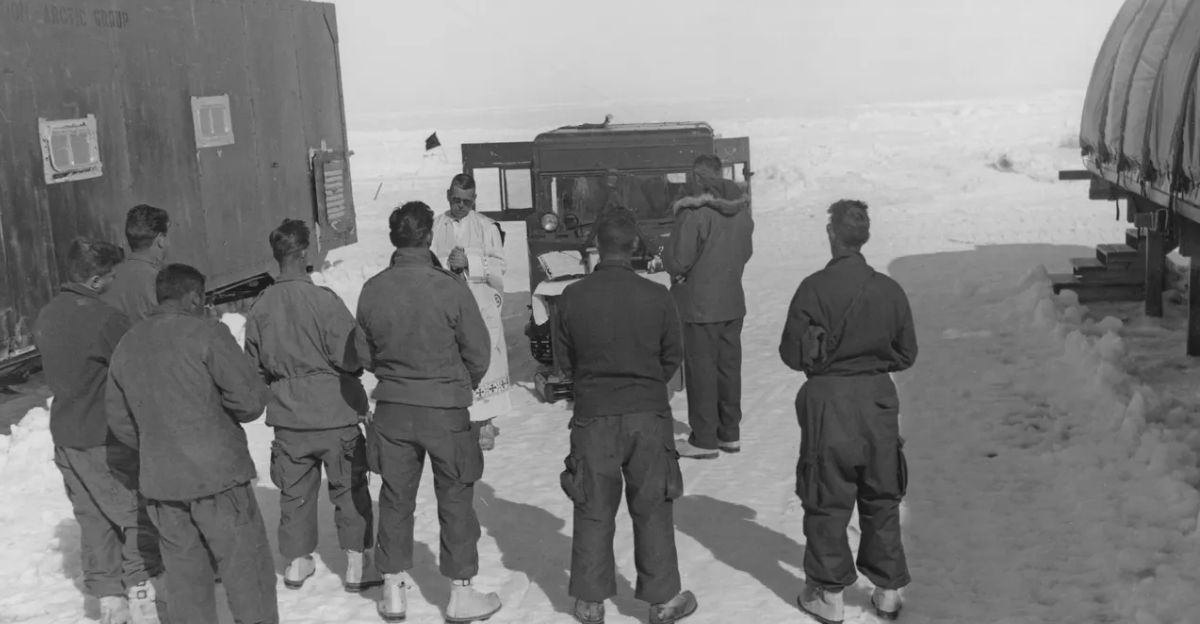
While Camp Century’s military efforts failed, its scientific contribution was significant. Ice cores drilled at the base reveal that Greenland had dense forests, not big ice sheets, in the past.
This has been significant to climate studies as researchers have been able to understand long-term environmental changes on the planet.
A Cold War Time Capsule

The rediscovery of Camp Century is a stark reminder of the Cold War tensions and how far countries would stretch themselves to project strategic leverage.
The history buried beneath the base provides a raw look at the technological desires and fears of the time, preserved under the thick Greenland ice.
Environmental Lessons

Camp Century also has the unintended effects of human presence in isolated regions. Although used as a pioneering base, its discarded waste now threatens to have environmental impact. It serves to illustrate the lasting legacy of industrial and military activity on vulnerable environments.
Looking to the Future
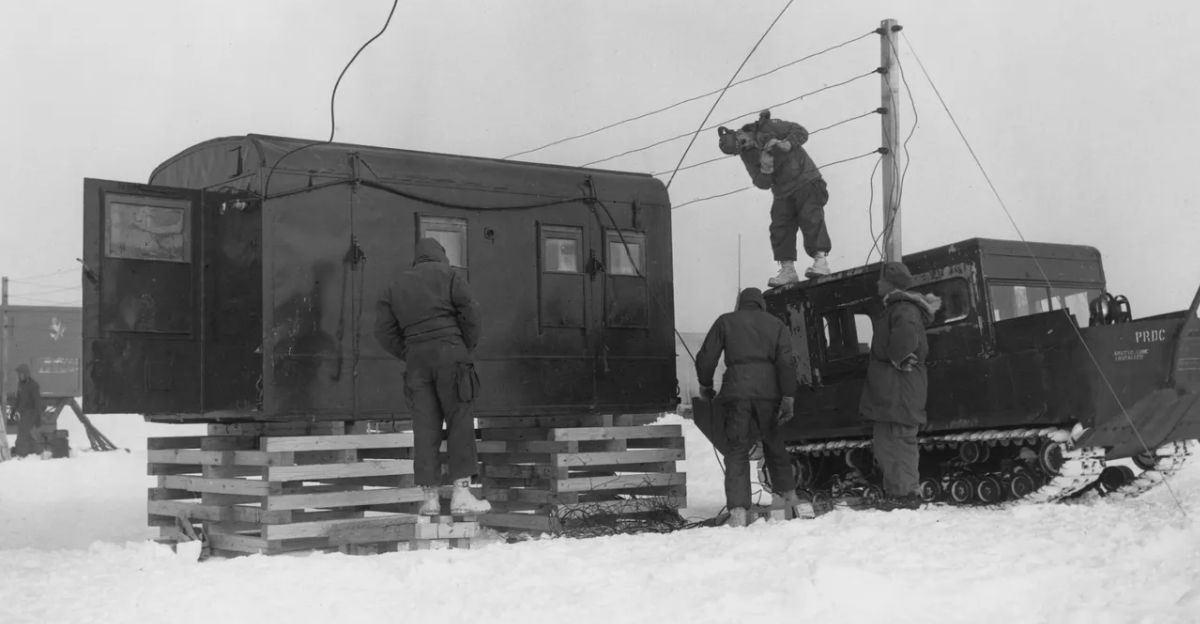
NASA’s most recent discovery has brought back old controversies about Arctic policy, environmental stewardship, and historic responsibility.
While scientists today continue to track the ice in Greenland, Camp Century remains both a scientific success and a cautionary tale — a legacy of ice waiting for future generations to deal with its unseen barriers.



